
Roseau, Commonwealth of Dominica, West Indies

 |
Dominica Botanic Gardens Roseau, Commonwealth of Dominica, West Indies |
 |
| © Dominica Academy of Arts and Sciences, Dec. 2004 | Home Page | Comments & Suggestions |Site Coordinator | Gardens Curator |
| Selected Trees and Shrubs: Dipterix odorata; Syn.: Coumarouna odorata; Common name: Tonka Bean, Cumaru |
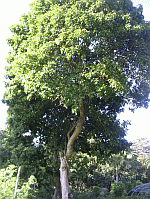
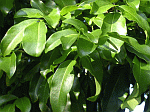
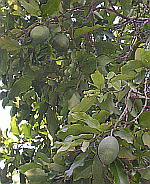
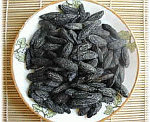
|
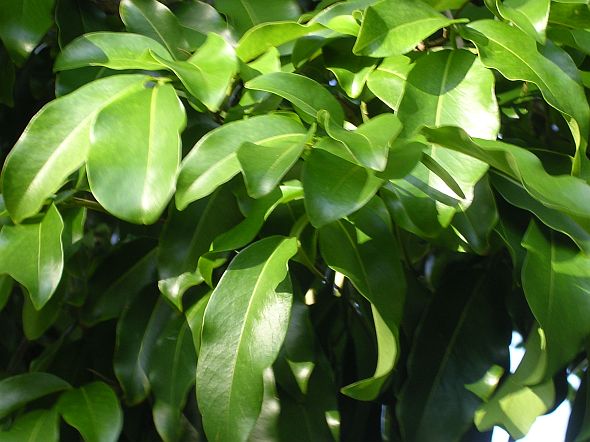 Davison Shillingford Plant Family: Belongs to the Fabaceae or Pea family, which includes Flame of the Forest (Butea frondosa) and Bois Kwaib (Sabinea carinalis). Description: A large, overstory, rainforest tree; in its natural habitat sometimes to 50 m in height (160 ft) with trunk diameter to 1 m (40 in); unbuttressed cylindrical boles, clear to 18-25 m (60-80 ft); tree much smaller in secondary forests or when cultivated, as are Gardens specimens; leaves compound, alternately pinnate, overall to 20 cm long (8 in) by 8 cm wide (3 in); flowers rust colored in terminal panicle inflorescences; fruit a pulpy, egg-shaped drupe, about 6-9 cm long (2.3-3.5 in) and 3-4 cm in diameter (1.2-1.6 in), with very strong sweet odor, containing a single, fragrant, almond-shaped seed, dark gray to black, 2.5-3.5 cm long (1-1.4 in) and about 1 cm in diameter (0.4 in), called a "tonka bean", containing the anticoagulant oil, coumarin; this liberated by soaking seed/bean in alcohol (eg. rum) for 24 hours and drying, whereby a fermentation process takes place; afterwards, coumarin content of bean as high as 10%, with coumarin crystals visible under epidermis of seed. Natural Habitat: Tropical rainforests, especially those of the Amazon basin -- in Brazil, Venezuela, the Guyanas, Peru and Colombia; best growth on well-drained gravelly or sandy soils; propagation by seed; trees begin bearing in 4 years. Origin and Distribution: Tree native to Central and northern South America; now cultivated to some extent in many other tropical areas. Uses: Primarily for timber - wood hard and durable; used for heavy construction and fine furniture; secondary uses - seeds high in coumarin, which has a pleasant vanilla-like odor; and after curing, seeds used for flavoring tobacco and snuff, and in perfumery and soaps; identified in 1820s, coumarin synthesized in laboratory since 1868, and also used to prepare other chemicals -- in particular anticoagulants (eg. warfarin) and rodent poison; today, natural coumarin almost completely replaced by synthetic product; use of tonka beans (which was never high), has further decreased, since coumarin suspected of being poisonous and carcinogenic, and is banned as a food additive in several countries; medicinally, Indian people of Amazon basin use bark decoction to bathe fevered patients; seeds soaked in rum and tincture used for snakebites, cuts, contusions, coughs and rheumatism, among other ailments; seed oil is dropped into ears for earaches and ear infections.
Indigenous Legends: Bean widely advertised on eBay as a potent “herb” for magical spells and love potions.
References: |
| © Dominica Academy of Arts and Sciences, Dec. 2004 | Home Page | Comments & Suggestions |Site Coordinator | Gardens Curator |